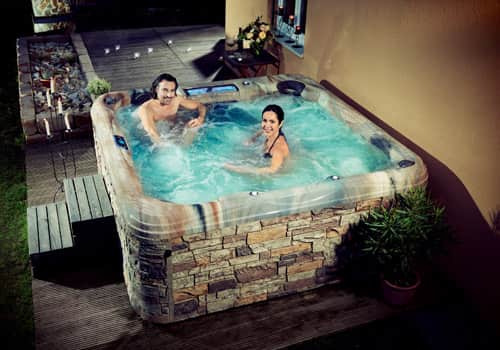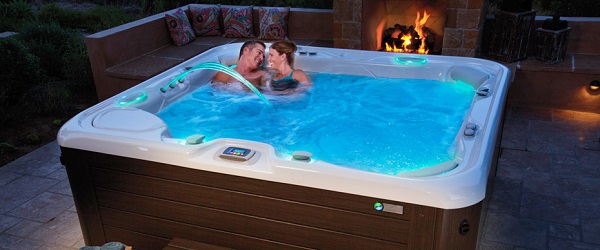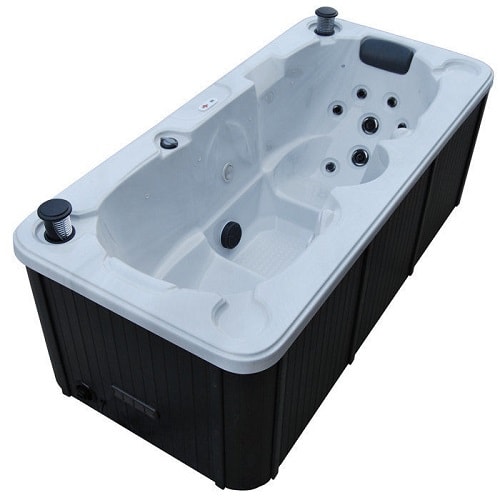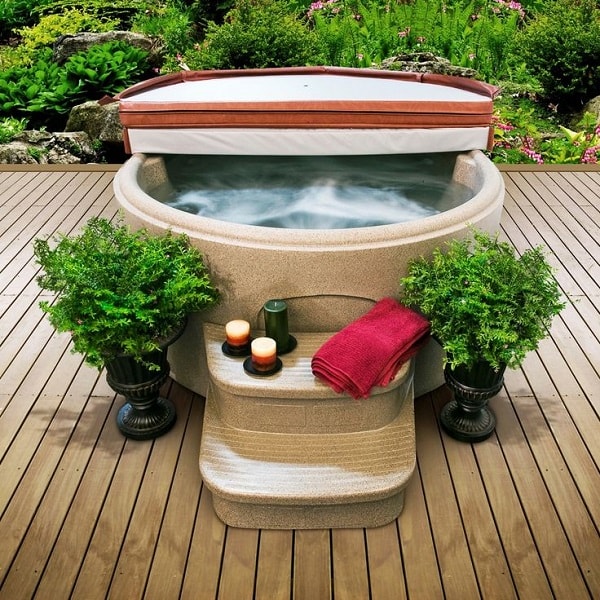In a nutshell, the detailing of a car is all about achieving the finest possible appearance with the paint and other surfaces.
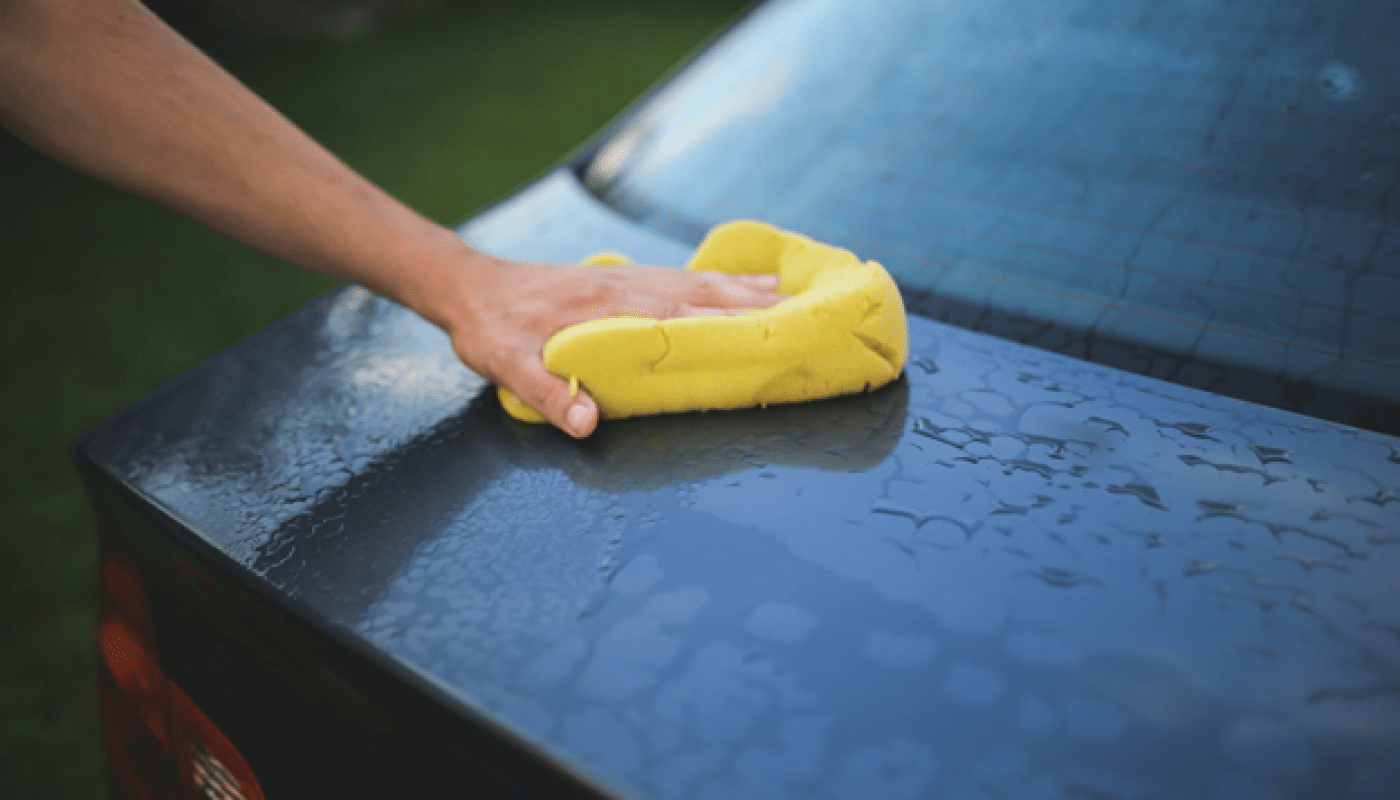
Even the smallest modifications may bring big improvements. Restore your vehicle in showroom condition with these do-it-yourself interior and exterior automotive detailing ideas. So, without further ado, let’s start!
Detailing Ideas
Interiors must be Purified
An aerosol can neutralize cigarette smoke odor. Lightly spray the headliner (material), seats, door panels, and carpet when keeping the can 12 to 14 inches away from fabrics. Then increase the fan speed and set the unit in recirculating mode (if that option is not available, turn on “max. A/C”). You can check the intake opening by holding tissues close to the blower engine. After that, spray the opening with the mist, and keep the windows shut for at least one hour. For a brief period, the car will smell like baby powder, but this will pass. After the process is completed, you can also replace your car’s air filter.
Window Cleaning, From the Top Edges
Have you ever seen the layer of dust and dirt on the edges of partially opened windows? The majority of people forget this detail during the quick wash of their car. What it takes is a couple of minutes, a glass cleaner, and a wet towel.
Clean the Leather
This might seem excessive, but, if your car has leather upholstery, keeps a leather-cleaning kit in the vehicle. Since cleaning up a smudge immediately decreases the probability of permanent stain. If you wait 24 hours, makeup, paint, and stain transfer from clothes (and plastic bags) to the leather, and it will become irreversible. Before beginning the stain removal procedure, condition the leather with a conditioner. Rub the stain lifter directly onto the pretreated leather. Allow 30 seconds before wiping with a soft cloth. Then, using a leather cleaner and leather protection cream, clean the leather.
Ensure all the Hinges on the Hood are lubricated.
Wipe the car hinges with a dry cloth and spray it liberally with white lithium oil or a few drops of regular motor oil. Move the hinge multiple times to distribute the grease evenly. Make certain that it is inserted onto both ends of each hinge. Wipe away the residue to prevent the accumulation of debris.
Rinse Properly
If you spray soapy water on dry paint, you can simply scrape off the surface debris and grit from the paint. Professional detailers often begin with rinsing the vehicle thoroughly with clean water to eliminate as much dirt and dust as possible.
Polish the Surface
Many auto owners make the mistake of mixing up polishing and waxing. However, they are different. Polishing eliminates minor surface imperfections and scratches and restores the paint to its original sparkle. Waxing enhances the finish shine and protects it from the weather. Most do-it-yourselfers exclude polishing because they lack the funds for a polisher or the elbow oil needed for a hand polish. However, polishing the finish on your car is critical for achieving the highest gloss. Wipe a generous amount of polish over a 2 x 2-ft. surface with the pad. Slowly run the polisher over the whole area to evenly distribute the compound for the finest auto cleaner. Then increase the speed and enable the polisher to do the job.
Clean the Air Vents
These vents attract a huge amount of pollen and dust, so a car detailing vacuum with just a brush attachment would not pick up all the dust and pollen. Apply a thin coat of furniture polish to a low-cost artist’s paintbrush. Run the bristles through the nooks and crannies to collect particles. Wipe the brush clean with a cloth and continue until all the vents are wiped clean.
Carpet and Upholstery Deep Cleaning
Utilize a carpet washing system to extract the embedded debris in the carpet’s fabrics. Additionally, this method is effective for cleaning cloth seats. It sprays water and cleaner onto the carpet and then vacuums the dirt and debris into a reservoir.
Brush and Vacuum Your Carpet
When you are washing the car, automotive carpet is infamous for refusal to show debris. If you simply vacuum it, you can leave a great amount behind. To clear all the debris, detailers clean the carpet with a hard brush before vacuuming. You’ll see the dirt fragments bounce to the floor, where you can sweep them up as a result of the auto detailing.
Then apply the colorant. After applying the colorant to the velour or carpet, quickly scrub in both ways with a brush (nylon bristle) to separate the materials. Allow it to dry. And brush and vacuum some more.
Replace the Vehicle’s Carpet
You found a decent deal on a “pre-owned” vehicle, but the interior carpeting is a complete mess. Stain removers are no longer effective. Replacing the carpeting is the only viable option. You may purchase preformed carpet customized to the build, model, and color of your vehicle and mount it yourself. Typically, it would cost approximately $200 and may take an afternoon to mount.
Remove the Irritating Stickers
While your collection of state and national park stickers may give you lovely memories, they can become a visual hazard once they pile up. The high-quality stickers can easily peel off. On the other hand, a low-quality Product can leave a greasy stain that will take a little more attention. Wrap an old towel across your dash and rub on a degreaser, scrape and scrub it off. Then clean it with a wet cloth.
Remove Minor Paint Scratches
Take 3,000-grit sandpaper, polishing and rubbing compound, and polishing pads with you. Additionally, you will need a handheld drill or a dual-action (DA) polisher machine. The majority of the components are readily available at every car parts shop.
Apply a quarter-sized drop directly to the scrape using the scrubbing brush. Incorporate the substance both in the scratching region and the surrounding area. With a microfiber cloth, wipe away the residue. It is safe to repeat this procedure a couple of times. Since attempting it once, you may notice a small change in the scratch, but it has not entirely disappeared. Give it a few tries, and the scratch would become increasingly invisible.
Utilize the Appropriate Soap
The dishwasher is the product of preference for the majority of the do-it-yourselfer. However, this should not be the case. Dishwashing detergent is much too rough for auto detailing. It extracts vital oils from the finish of your car, which will potentially reduce the paint life.
With Synthetic Wax, Build a Mirror Finish
Using synthetic wax creates a rich, warm shine. However, experts prefer the wet-gloss appearance of the more modern paint sealant like silicone polymer waxes. Although it is more expensive than other synthetics, it does not leave a white coating on trim or plastic, which is a significant benefit. Additionally, it is very simple to apply. Add the wax to a foam applicator and mix it onto the finish. And, using a microfiber cloth, remove the haze. Replace the first towel with a new one when necessary.
Remove Squeaky Doors
If the door squeaks when opened, rust could have formed in the hinges. To dislodge the hinge spray it with WD 40 and turn the door many times to operate in the lubricant. If the hinges are operational, just spray them with motor oil or white lithium grease, open the door several times, and then wipe away any remaining grease or oil. Make sure the door latch isn’t corroded. Many door latches also have a non – metallic composite material that can be lubricated with silicone spray.
Wheel Repaint
Occasionally, a moderately old vehicle will be in good condition except for the damage on the tires and wheel covers. Fortunately, you can resolve this issue by yourself for a minimal charge. It takes a whole day to remove the rust and polish your wheels. The wheels would then dry for a further 24 hours following painting before you can remount them again.
Remove the Junk behind Seats
What you discover behind the seats will baffle you. Vacuum the seats, mats, and carpet. For both the dashboard and door frames, use a brush extension. Don’t forget to sweep and scrub out the convenient door pockets.
Implement a Protective Film
Detailers spray a small, translucent, rubbery paint film on those surfaces to cover the paint. Since the film greatly reduces the damage to the paint chip, dealers charge approximately $400 for it. For around $120, you can purchase the film digitally and mount it yourself within a few hours. It’s not difficult, but it does need practice. Therefore, buy an additional package of film for the mirrors and test it first. If you’ve mastered applying the film across your mirror, the hood would be a piece of cake.
Clean the Interiors Again
If you cleaned the interior of your windows before cleaning the dash and applying the vinyl protectant, you may need to clean them once again. That is why detailers reserve glass cleaning for last. Cleaning the windows at this stage eliminates vinyl treatment overspray, resulting in shiny clear windows.
Conclusion
Car wash and detailing can provide an inspection of all grades of color, past and recent damage such as flaking, peeling, rotting, and repainting exterior and interior corrosion, acid damage, and other oxidation-related symptoms. Regular auto detailing brings shine to the vehicle and still keeps it looking good regardless of how many years it has been used.

